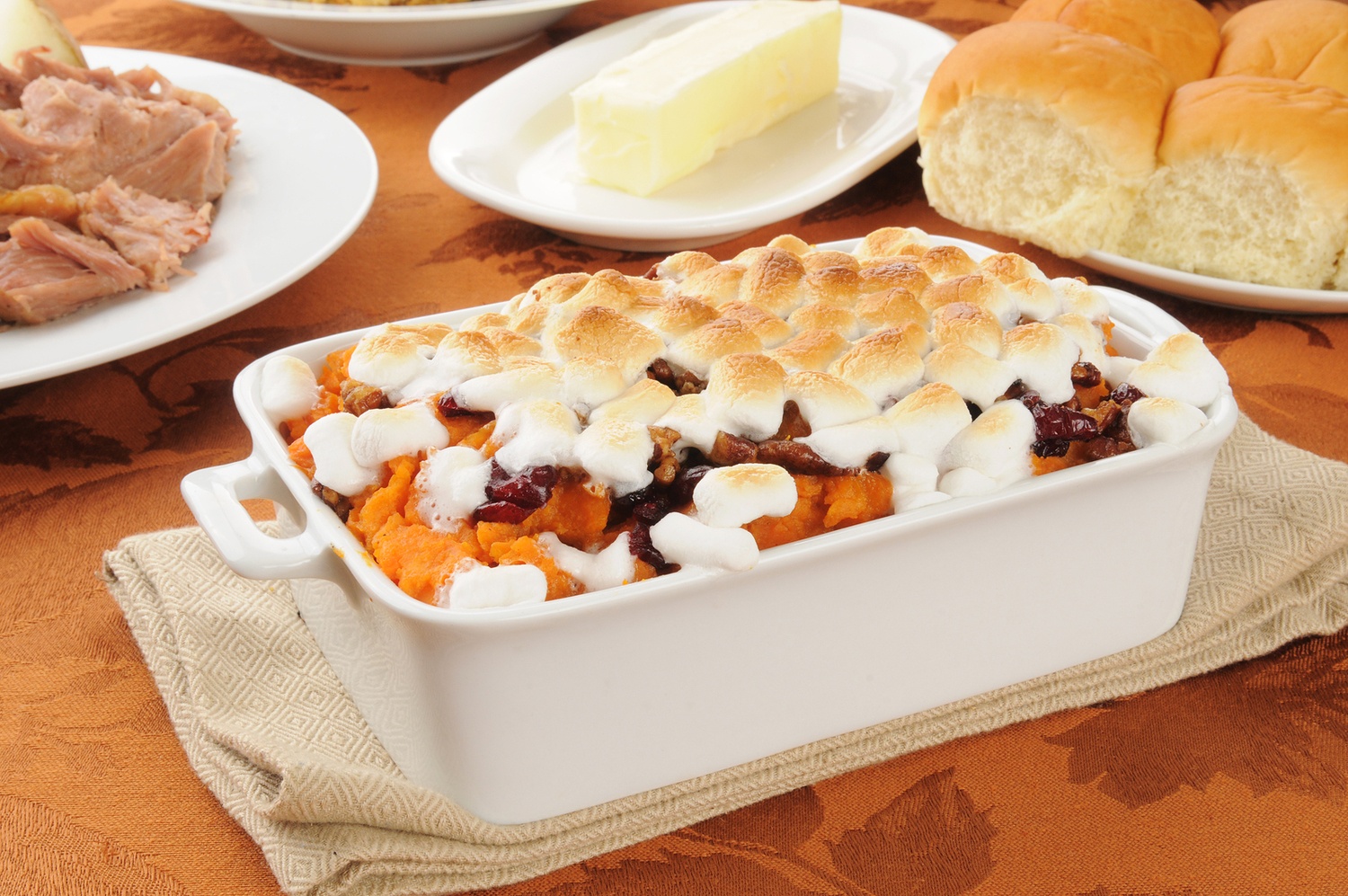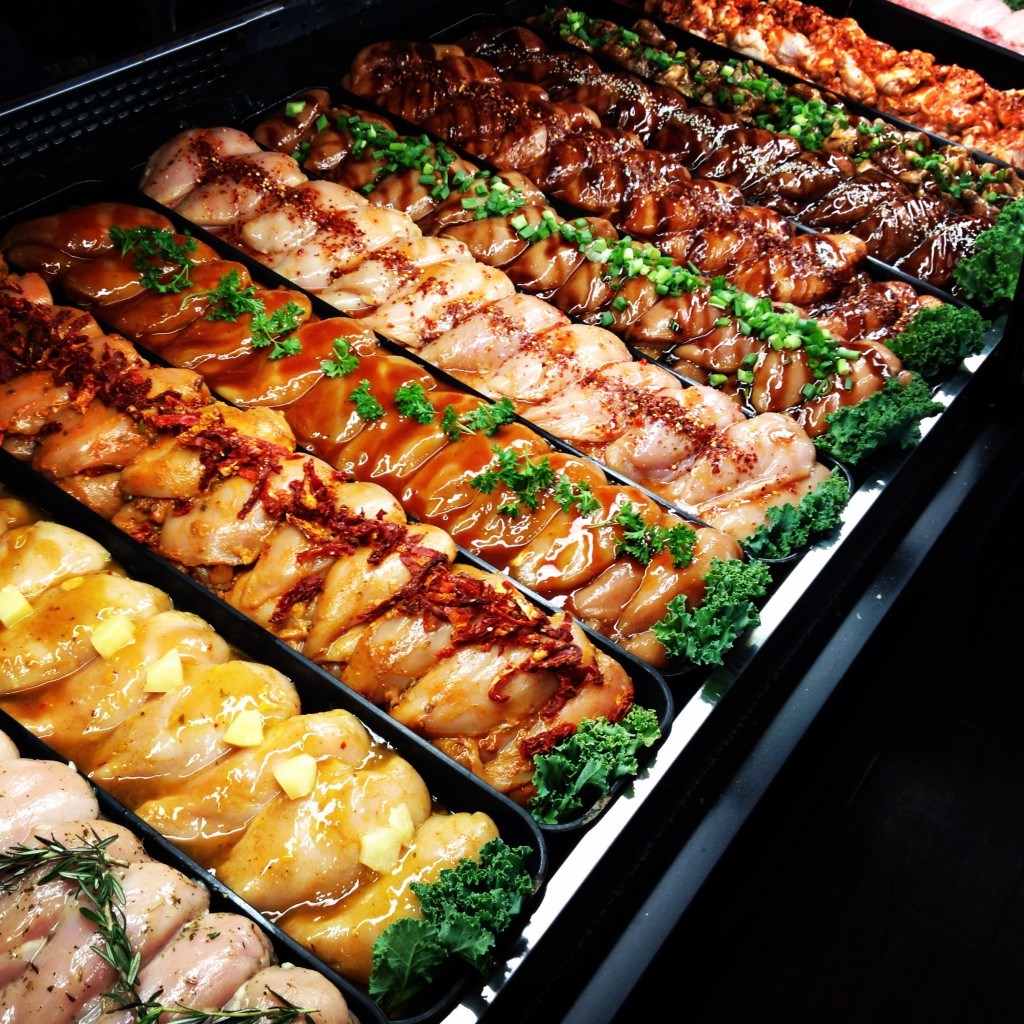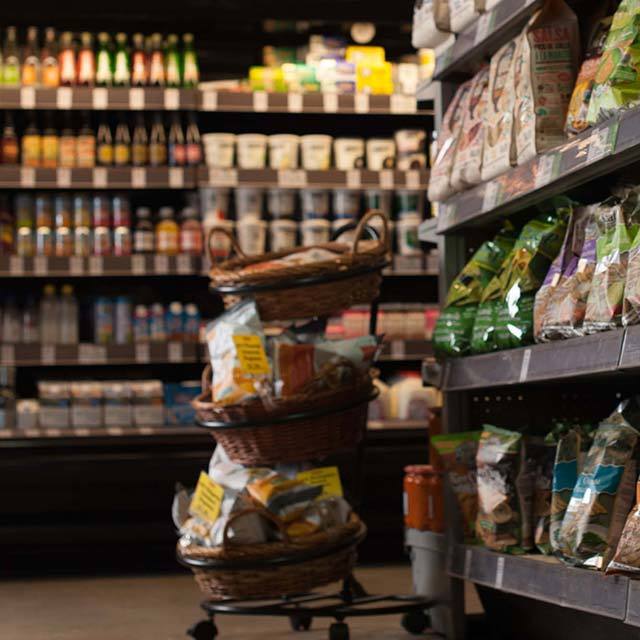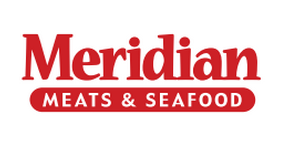Facts about Free Range beef that might surprise you.
Today, there is a growing number of ranchers feeding their herds the way they all did 50 or so years ago: letting them roam the fields to graze at will. They’re switching to grass for a variety of reasons, including a desire to improve their animals’ quality of life and provide higher quality meat that is healthier for consumers.
#1 More Humane
Most North American raised cattle feast on a grain mix made up mainly of corn. Just like humans on a high-carb diet, grain-fed cows fatten up fast. This gives ranchers a quick turnaround from the feedlot to the meat department. However, these animals are designed to forage. Grain is not a natural part of the bovine diet and comes with health complications for the animals.
The truth is, on a non-supplemented grass-fed diet, ranchers cannot raise cattle from a birth weight of 80 pounds to 1,200 pounds in a little more than a year. It takes enormous quantities of grain (corn), along with protein supplements, antibiotics and growth hormones.
Our grass-fed beef is raised entirely Free Range and 100% Grass-fed. The animals themselves are never forced to live in confinement to endure the stresses caused by factory farming, crowded together for the typical 3-month period grain-fed bovines endure. These cattle grow in a natural setting, at a natural rate without the use of growth promotants or dietary supplements.
#2 It’s Healthier
It just so happens that what makes herds happy also makes their meat healthier. Free Range, Grass-fed beef packs up to a third less fat per serving. The fat it does have boasts more benefits: A three-ounce serving contains 35 milligrams of the heart- and brain-protecting Omega-3 EPA and DHA, compared with only 18 milligrams for the same serving of meat from grain-fed stock.
Steers that munch on pasture also have twice the conjugated linoleic acid (CLA) per serving (26 milligrams, compared with 13 milligrams in grain-fed). According to Kate Clancy, Ph.D., a senior fellow at the Minnesota Institute for Sustainable Agriculture, early research in rats has linked higher CLA levels with easier weight loss and a reduced risk of heart disease as well as certain types of cancer.
Another possible health perk: fewer bouts of food sickness. The Journal of Dairy Science has reported that levels of E. coli are usually higher in grain-fed cattle. The leading theory, says David Pimentel, Ph.D., professor of ecology and agricultural sciences at Cornell University, is that grain creates an environment in a steer’s stomachs (they have four of them, remember?) that’s more hospitable to the nasty bug, adding to the likelihood that the meat of a grain-fed animal will be contaminated with E. coli during processing.
#3 Better for Environment – More Grass, Less Gas
Cattle farms leave a Sasquatch-size footprint on our air quality, but that can’t all be blamed on Bessie’s methane-emitting flatulence. The problem is that growing the corn to feed the cows produces a load of greenhouse gases. Corn production takes a huge number of what those in the enviro biz call energy inputs. Among these are chemical fertilizers added to the soil and the fuel that’s burned by harvesting machines.
In fact, a single acre of corn requires 14 energy inputs, Pimentel says. That wouldn’t be a big deal if we were growing just enough corn on the cob for everyone’s annual corn roast, but the U.S. produces about 500 million bushels of the yellow stuff each year–just to feed cows.
By contrast, a field of grass gets its energy from the sun — pretty much the ultimate renewable resource. Of course, eco-friendly ranchers still use farm machinery and transport the beef on trucks, but it takes half the fossil-fuel energy to produce two pounds of grass-fed beef as it does to produce the same amount of grain-fed, Pimentel says. Bottom line: Eating a burger that has nibbled on turf reduces our damage to the planet in a big way.
#4 Cost – Claim Your Steak
So, it’s healthy, humane and good for the environment – we all get that. But what’s it going to cost me to eat it? This is a Great question to ask, and one we like answering. The truth is, our Free Range, 100% Grass-fed Beef is pretty close in cost compared to grain fed. Example: Our regular price on Free Range, Grass-fed Top Sirloin Steaks is $5.99 each for a 6 oz. portion.
One more thing….
It’s important to remember that grass-fed is not the same as organic.
Some food stores advertise and sell organic beef as hormone- and antibiotic- free. While these products come from animals who most likely were fed less grain than the industry norm, they typically still spent their last months in feedlots where they were fed grain. When it comes to cost, expect to pay more for organic – approximately double.
Pound for pound, free range grass fed beef provides the best value taking into account health, animal welfare and environmental impact.















I would like to know if your free range beef has access to grain or corn as well as pasture. I would also like to know if the rancher allow tour of their facilities.
Hi Malcolm,
Great question!
Our free range beef is 100% grass-fed, meaning that the cattle roam on pasture their entire life, they are never fed grain (or corn) ever.
In regards to visiting the ranch, please visit our page on our free range beef http://meridianmeats.wpengine.com/2015/06/the-grass-is-greener-on-the-other-side-truly/
If you have any further questions, please do not hestiate to contact us at hello@meridianmeats.ca
I have shopped from time to time at your Walnut Grove location for many years. I was under the impression that Canadian beef was not exposed to hormone implants (just dairy cows are Not) . I have made a significant dietary change in the last two years. One part of that has been to find at least, grass-finished beef at a minimum and it has been hard to find. I’m definitely going to start buying all of my beef requirements now that I am aware that you have grass-fed beef even better.
I have moved further out in the Fraser Valley, and I’m looking forward to taking advantage of your new location in Mission.